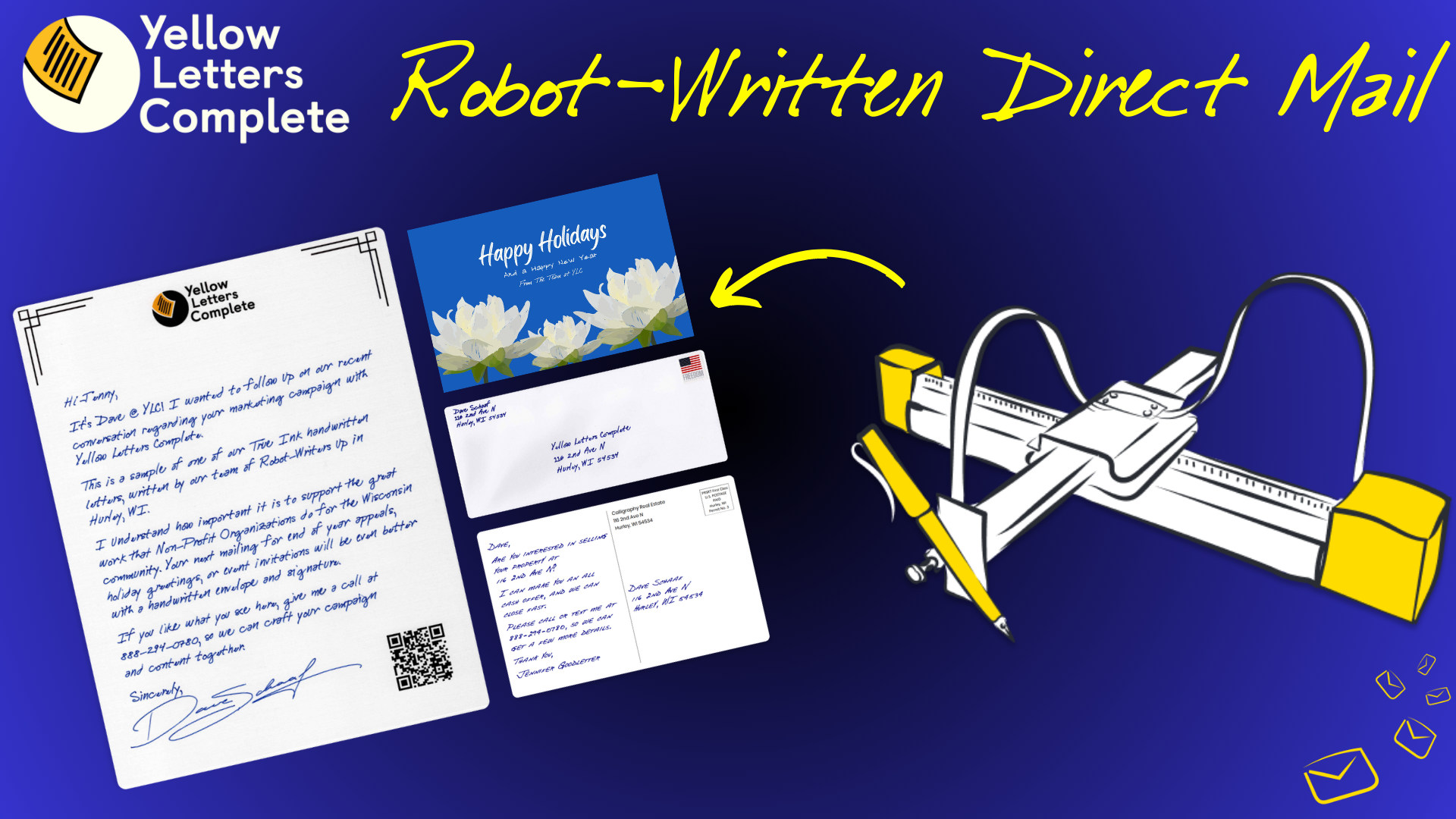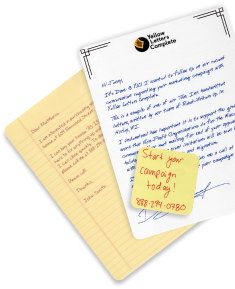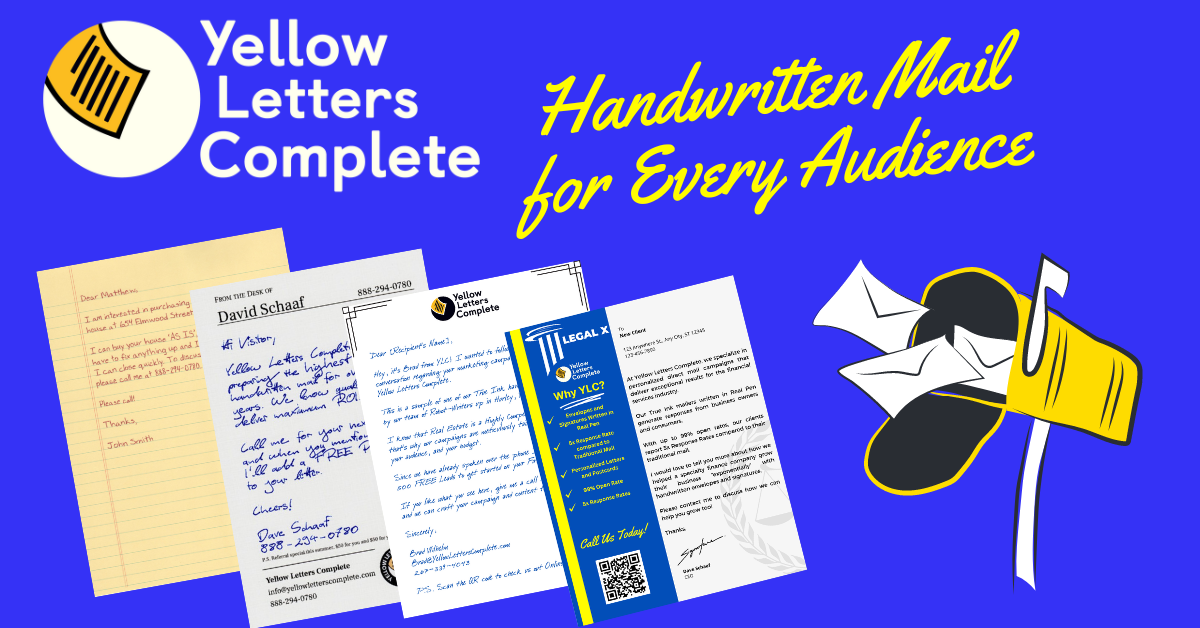In the age of digital marketing and automation, the personal touch of handwritten letters and personalized direct mail has made a remarkable comeback. Businesses are rediscovering the power of personalization in direct mail marketing, and in this blog post, we’ll explore why it’s a strategy you shouldn’t overlook.
The Personalization Renaissance
Direct mail marketing has evolved significantly over the years. From mass-produced, generic flyers to highly personalized and targeted mail, the shift is clear. Here’s why personalization matters:
1. Grabbing Attention: In a sea of emails and digital ads, a physical, personalized piece of mail stands out. People are more likely to notice and engage with something that’s addressed specifically to them.
2. Building Trust: Personalized mail creates a sense of authenticity and trust. When a recipient sees their name and specific details in a letter, it feels genuine and tailored to their needs.
3. Increased Response Rates: Studies consistently show that personalized direct mail outperforms generic mail. Response rates and conversion rates tend to be higher when the message is tailored to the recipient.
4. Targeted Messaging: Personalization allows you to craft messages that resonate with your audience on a personal level. You can address their pain points, preferences, and interests directly.
Ways to Personalize Your Direct Mail
- Recipient’s Name: Addressing the recipient by their name is the most basic form of personalization, but it’s highly effective.
- Segmentation: Divide your mailing list into segments based on demographics, behavior, or preferences. Then, tailor your message to each segment.
- Variable Data Printing: Use variable data printing to insert personalized text, images, or even offers based on the recipient’s data.
- Handwritten Elements: Incorporate handwritten elements, such as handwritten envelopes or notes, to add a personal touch.
- Personalized URLs (PURLs): Include PURLs in your mail, directing recipients to personalized web pages with content specific to them.
Success Stories
- Airbnb: Airbnb sends personalized travel recommendations to its hosts and guests based on their previous bookings and interests.
- Netflix: Netflix uses data-driven personalization to recommend movies and TV shows based on a viewer’s watch history.
- Ford: Ford sent personalized direct mail campaigns to potential customers, including details about the nearest dealership and specific vehicle recommendations.
Challenges and Considerations
While personalization is powerful, it requires a solid data strategy and attention to detail. You must ensure accurate data, maintain privacy compliance, and invest in the right tools and technology to execute personalized campaigns effectively.
In a world where consumers are bombarded with generic advertisements, the personalization of direct mail sets your marketing efforts apart. It’s not just about addressing someone by their name; it’s about making your audience feel seen and valued. As technology continues to advance, the possibilities for personalization in direct mail are limitless. Embrace this powerful tool to connect with your audience on a personal level and drive better results in your marketing campaigns.









